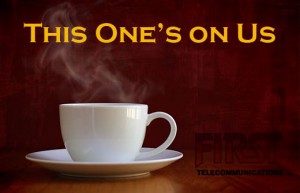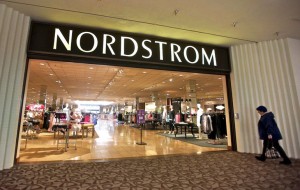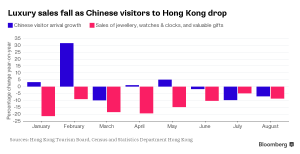There is a saying that people do not know what they have until they lose it. In the workplace, coffee and free food definitely fit into that category. Last week, the company Sprint decided to boost its bottom line and cut back on costs by abolishing free coffee and food for its employees. This will save them $600, 000 annually, but the costs that come with this manoeuver may be less tangible yet make a bigger impact on the overall performance of the company.
Snacks and other small gestures are symbolic and exist to boost “employee engagement” that can begin to create that connection between employees and the job. In The Good Jobs Strategy, MIT professor Zeynep Ton draws on more than a decade of research to show how operational excellence can make it possible to provide customers with the lowest price and create a welcoming and motivating environment for employees at the same time. As we move into the new generation where switching between jobs is very common, it can be difficult to attract and retain leaders, especially young ones of Generation Y, who are going to be dominating the workplace in the future. In my opinion, while cost cutting is important and inevitable in some cases, it is not worth it to reduce costs for the short-run when it can impact the company negatively in the long run.










